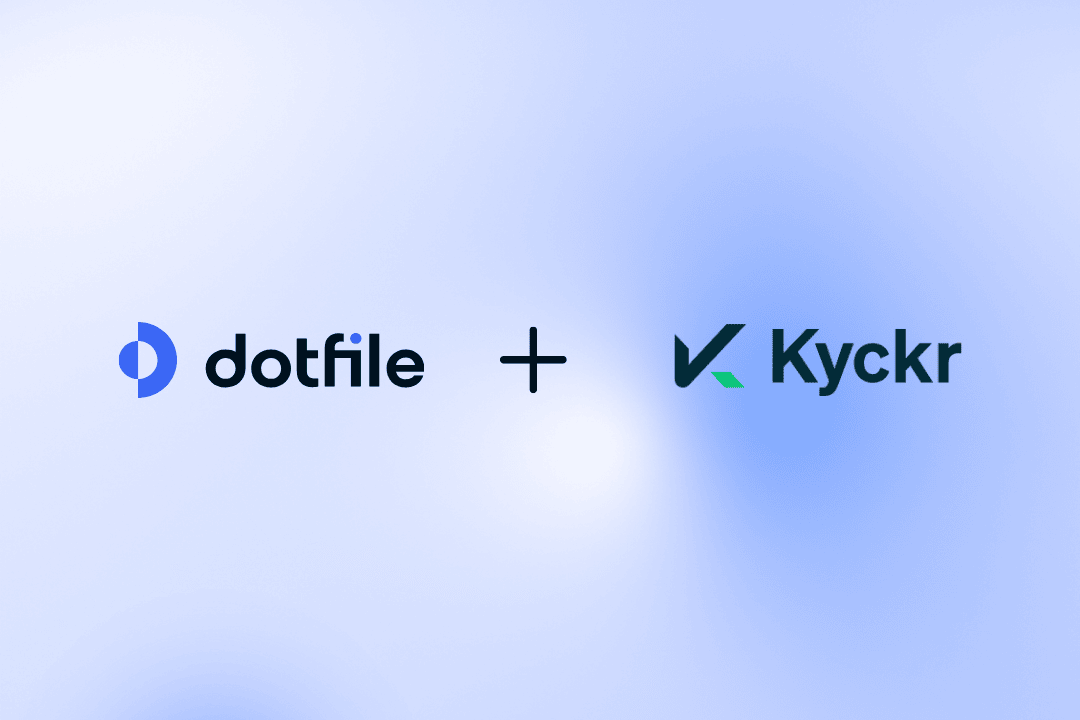What is UBO verification?
UBO verification is the systematic process of confirming and validating the identity of individuals who hold significant ownership or control over a legal entity. This verification goes beyond surface-level ownership to identify the real people behind complex corporate structures.
The process encompasses:
- Legal document review and authentication
- Ownership structure analysis across multiple jurisdictions
- Identity verification of controlling individuals
- Ongoing monitoring for ownership changes
UBO verification serves as a cornerstone of AML compliance, helping businesses prevent money laundering, terrorist financing, and other financial crimes.
What is UBO identification?
UBO identification is the preliminary step that determines which individuals qualify as ultimate beneficial owners. This process involves analyzing complex ownership structures to pinpoint persons with significant influence over business operations.
Key elements of UBO identification:
Direct Ownership: Individuals directly owning 25% or more of shares or voting rights typically qualify as UBOs under most regulatory frameworks.
Indirect Ownership: The identification process traces ownership through intermediary structures including trusts, holding companies, and partnerships to reveal ultimate controllers.
Control Mechanisms: Beyond ownership percentages, UBO identification examines veto rights, appointment powers, and other control mechanisms that grant effective business control.
Ultimate Beneficiary: The process ensures identification of individuals who ultimately benefit from business operations, even when ownership structures obscure direct connections.
Is a UBO always a person?
Understanding the distinction between UBOs and beneficial owners is crucial for proper compliance. While these terms are often confused, they refer to different ownership concepts.
UBOs are always natural persons who hold significant control and derive ultimate benefit from business operations. The standard threshold is typically 25% ownership, though this varies by jurisdiction.
Beneficial owners, however, can include entities like trusts, foundations, or corporate bodies that exercise substantial control or ownership without being individuals.
Key distinctions:
Shareholder vs. Controller: UBO identification focuses on individuals with ultimate decision-making authority, not merely large shareholders without operational control.
Regulatory Thresholds: Different jurisdictions apply varying ownership percentages for UBO classification, ranging from 10% to 25%.
Control Beyond Ownership: Individuals may qualify as UBOs through control mechanisms even without meeting ownership thresholds.
How do you verify UBO?
Effective UBO verification requires a systematic approach combining documentation review, technology solutions, and regulatory compliance measures.
Essential verification steps:
Documentation Review: Examine articles of incorporation, partnership agreements, trust deeds, and shareholding records to identify controlling interests.
Ownership Structure Analysis: Map complex corporate hierarchies to trace ultimate ownership through multiple layers of entities and jurisdictions.
KYC Procedures: Implement robust identity verification for identified UBOs, including document authentication and biometric verification.
Beneficial Ownership Registers: Access jurisdiction-specific registers where available to streamline verification and ensure accuracy.
Third-Party Services: Leverage specialized business verification platforms that combine multiple data sources and automated verification technologies.
What is proof of UBO identity?
Proof of UBO identity encompasses the documentation and evidence demonstrating an individual's status as ultimate beneficial owner. This documentation is essential for regulatory compliance and stakeholder trust.
Required documentation includes:
Identification Documents: Government-issued passports, national ID cards, or driver's licenses with security features verification.
Ownership Records: Share registers, partnership agreements, and trust documents clearly indicating beneficial ownership percentages.
Declaration of UBOs: Signed attestations from identified UBOs confirming their status and acknowledging compliance responsibilities.
Notarized Agreements: Legal documents requiring notarization to validate beneficial owner roles and responsibilities in high-risk scenarios.
How Dotfile streamlines UBO verification
Dotfile's comprehensive business verification platform automates the entire UBO verification process, from discovery to ongoing monitoring. Our solution provides:
- Global coverage of 400M+ businesses across 100+ countries
- Automated UBO discovery through complex corporate structures
- AI-powered document analysis for efficient verification
- Real-time sanctions and PEP screening with ongoing monitoring
- Risk assessment tools for informed decision-making
By integrating multiple data sources and verification technologies, Dotfile reduces manual processes while ensuring comprehensive compliance with global UBO requirements.
Conclusion
UBO verification represents more than regulatory compliance—it's essential risk management that protects businesses from fraud and reputational damage. Understanding ownership structures and verifying controlling individuals helps ensure trustworthy business relationships.
Dotfile's automated platform simplifies this complex process, enabling businesses to verify UBOs efficiently while maintaining the highest compliance standards. Book a demo todiscover how we can streamline your UBO verification process.






